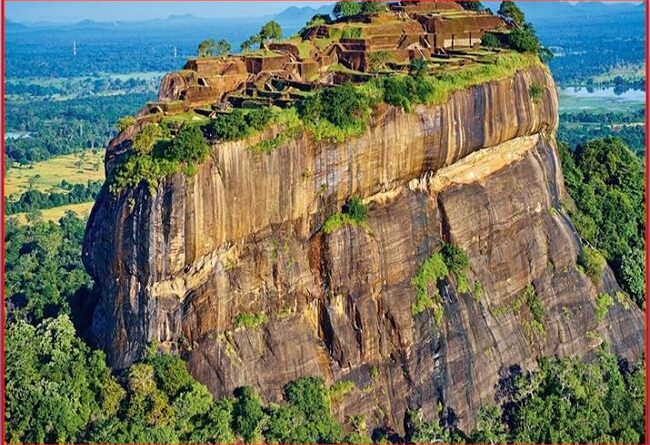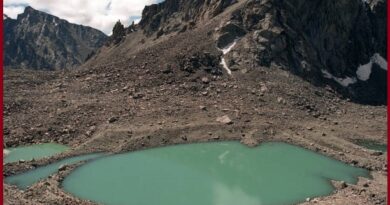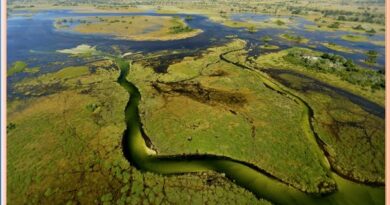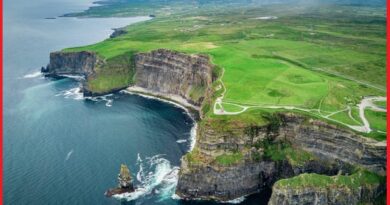The ‘Lion’s Rock’ in SriLanka, Beautiful landscape and Perfect destination for Granite lover’s
Sigiriya Rock plateau or Lion’s rock located in the heart of the island between the towns of Dambulla and Habarane on a massive rocky plateau 370 meters above sea level. This rocky complex, formed from the magma of an extinct volcano. Rock is 200 meters higher than the surrounding jungles. This ancient palace and fortress complex has significant archaeological importance. The place attracts thousands of tourists every year and one of the most visited tourist destinations in Sri Lanka.

“Lion’s rock,” Sigiriya designated as UNESCO World Heritage site in 1982. It is accessed by way of passageways cut into the rock face between a monumental pair of lion paws. Sigiriya was built by King Kashyapa- I in the fifth-century. He ruled the native Sinhalese dynasty, the Moriya. This fortress was the capital of the Sinhalese kingdom until Kashyapa was defeated in A.D. 495.

The king’s Upper Palace is located at the flat top of the Sigiriya Rock. In the middle terrace are the Lion Gate and the Mirror Wall. The king’s Lower Palace clings to the slopes below the rock. The moats, walls, and gardens of the palace extend for a few hundred meters from the base of the rock.

Sigiriya has it all and its prehistoric paintings, which are significant of the Ajanta Caves of India. The Sigiriya rock is a hardened lump of granite from the long-eroded volcano. The rock stands high above the surrounding plain, visible for miles in all directions.
Also, Read- Great adventure destination Bolivia’s Altiplano; travel to explore the Geology and beautiful landscape.
The Sigiriya complex includes remnants of a ruined palace, surrounded by an extensive network of fortifications, vast gardens, ponds, canals, and fountains. The surrounding territories of Sigiriya were inhabited for nearly a thousand years.

Since the 3rd century BC, the plateau of Lion rock served as a monastery. After the death of the king, Kashyapa Sigiriya again became a Buddhist monastery until the 14th century, when it was abandoned.
The main entrance designed in the form of a huge stone lion, whose feet have survived up to today but the upper parts of the body were eroded or destroyed. The term Sigiriya originates from the word Sihagri, which means ‘Lion Rock’. Lion Rock is approximately a 3-hour journey from Colombo, Sri Lanka. The closest city to Sigiriya is Dambulla, about 25 km away.
Sources- nationalgeographic.com, sigiriyatourism.com, archaeology-travel.com



